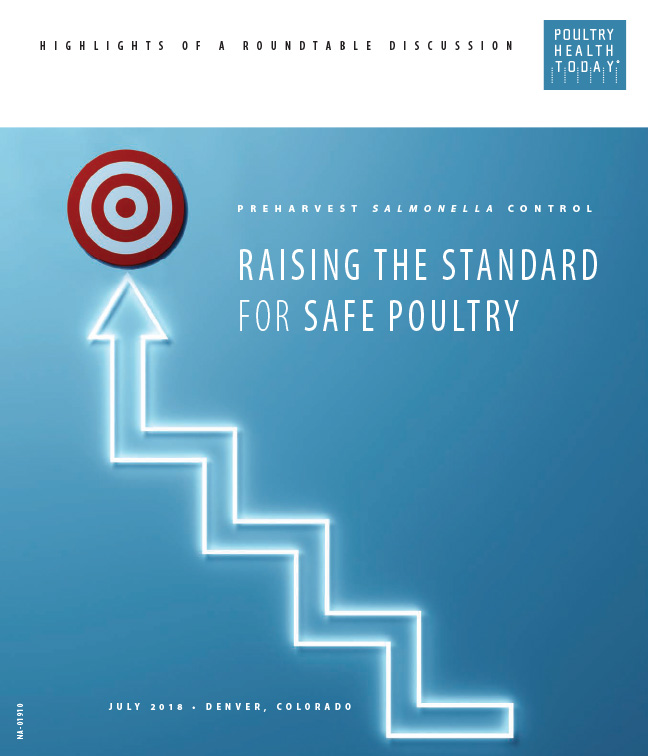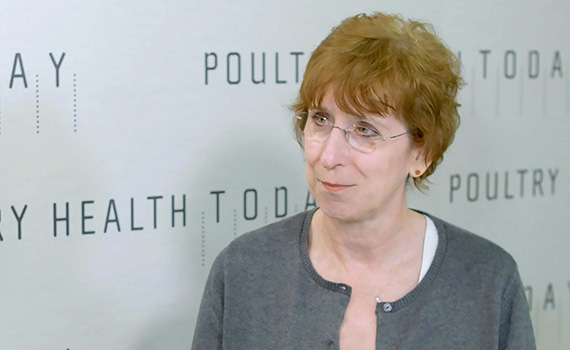Wet bulb reservoirs can be source of bacterial contamination for hatching eggs
Wet bulb reservoirs in hatchery incubators should be included in the bacterial-monitoring program to ensure they aren’t the source of egg-shell contamination, Jean Sander, DVM, senior technical services veterinarian, Zoetis, told Poultry Health Today.
Her advice is based on recent experience with a US poultry company that wanted to figure out why bacterial counts on the surface of hatching eggs was high and, in some cases, actually increased during incubation when it should have declined.
Testing pre-set in both the egg-storage room and pre-transfer within the setter revealed that wet bulb reservoirs — which generally aren’t included in bacterial-monitoring programs — were “teeming with bacteria” that matched the bacteria on the surface of eggs. There was also a hose used to wash floors that carried the same bacteria, Sander said.
Only eggs without gross contamination were tested. The types of bacteria found were primarily enteric in nature such as Enterococcus, Escherichia coli and Bacillus. In some cases, the bacterial counts were so high they were too numerous to count, Sander said.
“A good wet bulb reservoir-sanitation program should be implemented,” and when hoses are used to clean floors where eggs are incubating, care needs to be taken to make sure eggs in racks aren’t contaminated, she said.
Other preventive steps
The quality of the chick coming out of the hatchery is critical to the productivity of broilers — and to food safety, Sander emphasized in the interview with Poultry Health Today, and suggested other steps to prevent bacterial contamination of eggs and chicks.
Hens should be trained to lay eggs in nest boxes; one way to do this is by avoiding dark areas that might attract hens so they’re more likely to go to nest boxes, she said.
If any eggs are laid on the floor, where the risk of bacterial contamination is greater, “It’s best not to use them if you can,” she said.
Vaccinating breeders against Salmonella is another way to prevent bacterial infections at hatcheries. And at the hatchery, make sure the eggs set are clean and that the overall hatchery-sanitation program is thorough, Sander said.
She called it a “big mistake” to discontinue in ovo vaccination against Marek’s disease as a way to reduce bacterial infections in the hatchery in the absence of antibiotic usage.
“That’s…avoiding a very essential and well-documented preventive-medicine program,” she said. A better option would be to “make sure hatchery sanitation is adequate.”
Posted on September 10, 2019
 We’re glad you’re enjoying
We’re glad you’re enjoying










